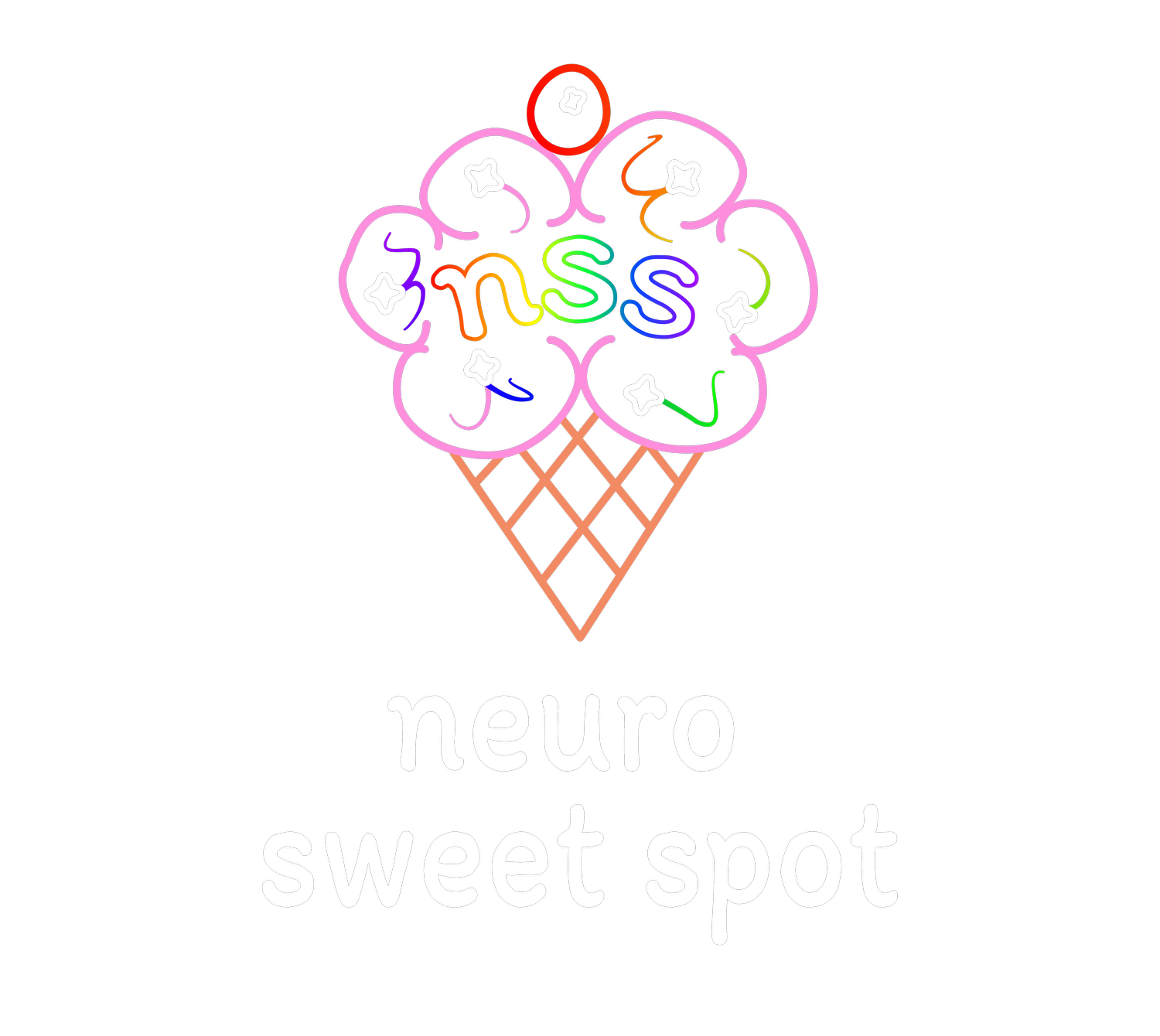
Education and Tools for Parents Learning about Neurodivergence For Their Kids
Behavior is Communication: Shifting the Narrative
Understanding What’s Really Going On When Students Struggle
🔄 Reframing “Challenging” Behaviors
All behavior is a form of communication, and many neurodivergent students struggle with self-regulation. Instead of seeing behaviors as defiance, consider them as regulation struggles:
Meltdowns = Sensory or emotional overload 🧠⚡
Defiance = Struggle with transitions or executive function ⏳
Shutting down = Cognitive fatigue or social overwhelm 🏋️♂️
🚨 Why Compliance-Based Discipline Fails
Traditional discipline models ignore neurobiology. Punishment does not teach self-regulation—it increases stress and fight-or-flight responses.
Time-outs feel like rejection to a dysregulated student.
Loss of recess removes a crucial movement break that aids regulation.
Rewards and punishments focus on compliance, not skills development.
🤝 Connection-Based Classroom Management
The nervous system mirrors those around us—co-regulation helps students calm down before consequences are discussed.
Validate emotions: “I see that you’re frustrated. Let’s figure this out together.”
Offer regulation strategies: “Want to take a quick walk or use a fidget?”
Model self-regulation: Take a deep breath with the student rather than demanding immediate control.
🗣 Scripts for Responding with Empathy
Instead of “Calm down!” → “Let’s take a moment to breathe together.”
Instead of “Stop interrupting!” → “Hold that thought, I want to hear it.”
Instead of “You’re being difficult.” → “What’s feeling hard right now?”

